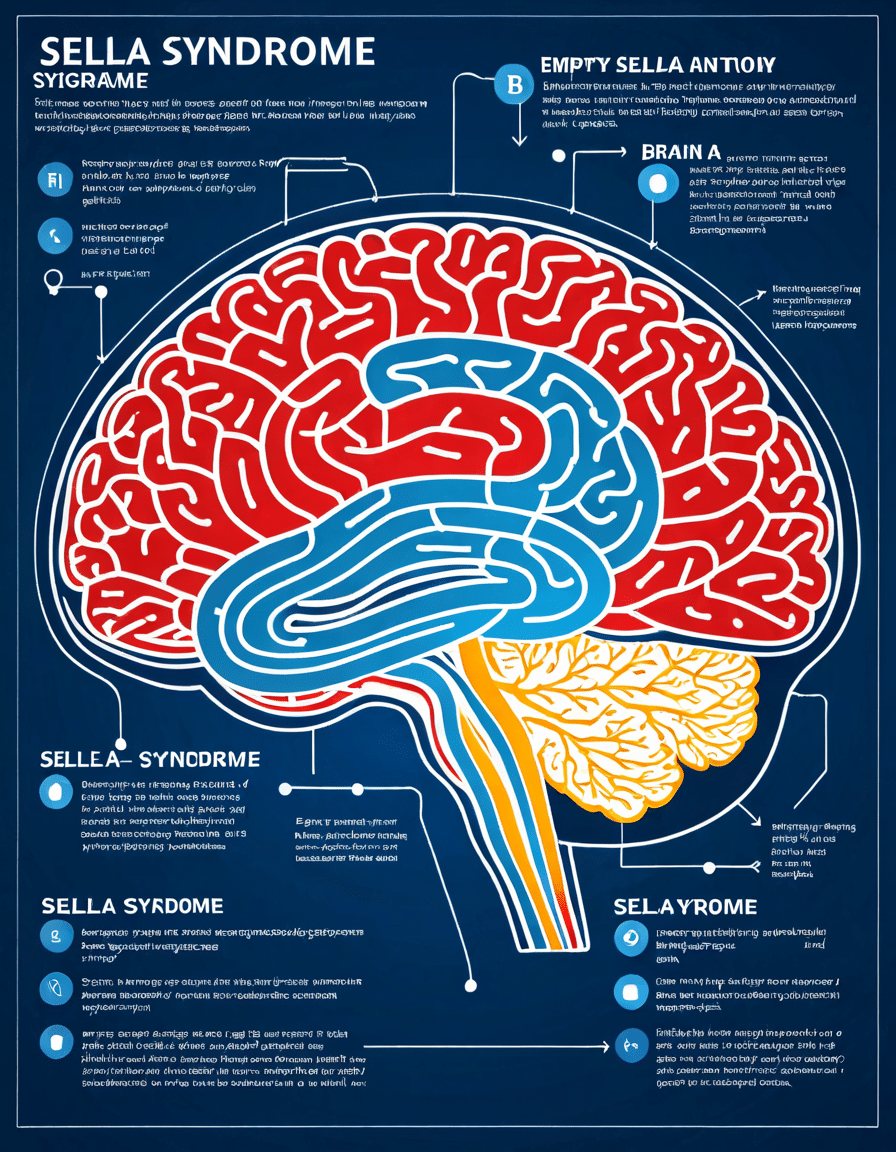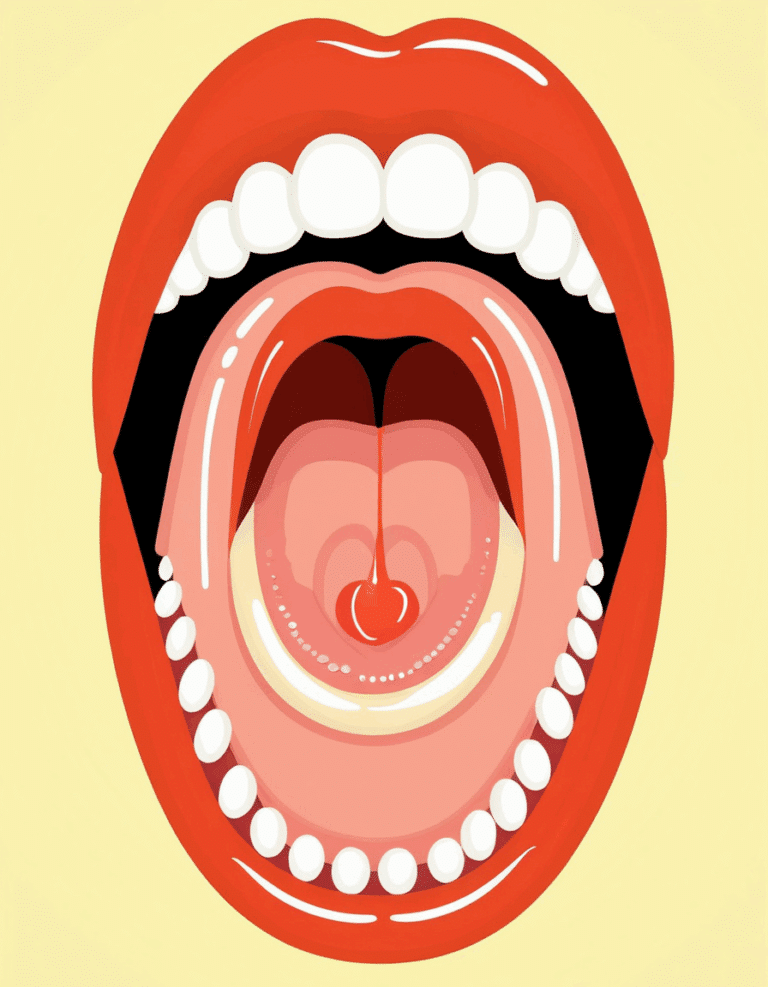Empty Sella Syndrome (ESS) may sound eerie, but it’s a fascinating condition that can have significant impacts on your health. If you’re struggling with symptoms that seem to come from nowhere, understanding empty sella syndrome could be your first step on the journey to mastering your wellbeing. In this article, we’ll dive deep into what empty sella syndrome is, its symptoms, and its connections to other syndromes. Plus, we’ll take a look at how social and cultural factors can affect the way this syndrome is experienced. So, let’s get into it!

Top 7 Symptoms of Empty Sella Syndrome
Though it may not always show itself, empty sella syndrome can present a variety of symptoms that affect your life. This condition is characterized by the partial or complete absence of the pituitary gland located in the sella turcica, a cavity at the base of the skull. Larger than life Arnold Schwarzenegger always says, “Strength doesn’t come from what you can do. It comes from overcoming the things you once thought you couldn’t.” Let’s tackle these symptoms to overcome this challenge!
A common complaint among individuals with empty sella syndrome is headaches. These can range from mild annoyances to debilitating pains. They often result from increased intracranial pressure or fluid buildup around the sella. Just like leveraging the right weights in the gym, identifying these headaches can help you avoid bigger issues down the line.
In some cases, patients might experience visual symptoms like blurred vision or visual field defects. Since the pituitary is so close to the optic nerves, any swelling can push on them and cause annoying sight issues. You’ve got to keep your sights set on maintaining your health!
One of the biggest roles of the pituitary gland is hormone production. So, empty sella syndrome can lead to hormonal imbalances that may result in adrenal insufficiency or hypothyroidism. If you’re feeling like a deflated balloon, it could be linked to these hormone fluctuations.
If you’re constantly tired and feel like you’re running on low battery, chronic fatigue and weakness often accompany empty sella syndrome. They can stem from hormonal issues and the body’s ability to respond to energy demands. You need that energy to crush your fitness goals!
For women, irregularities in the menstrual cycle can pop up due to the hormonal effects of an underperforming pituitary gland. These could throw off your workout and recovery plans. Remember to listen to your body!
When the body doesn’t produce enough antidiuretic hormone (ADH), it can lead to increased thirst and urination, commonly known as diabetes insipidus. This happens because the kidneys get thrown off balance. Staying hydrated is crucial!
It’s not all about physical symptoms. Empty sella syndrome can also lead to psychological effects such as depression and anxiety disorders. Hormonal changes can create a domino effect, impacting how you feel both mentally and physically. Staying strong mentally is just as important as hitting the weights!
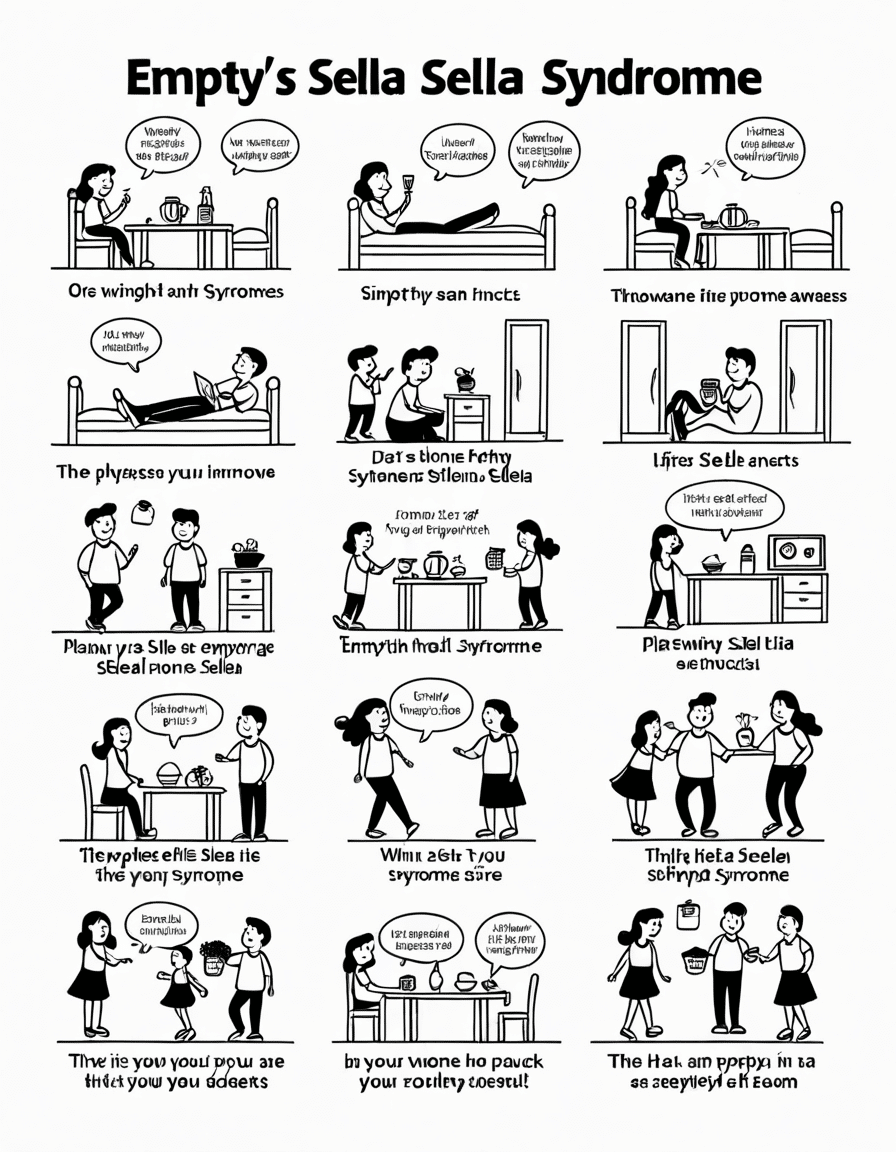
Exploring the Link Between Empty Sella Syndrome and Budd-Chiari Syndrome
Have you heard of Budd-Chiari syndrome? It’s where your hepatic veins, which drain blood from the liver, get blocked. Although empty sella syndrome and Budd-Chiari syndrome are not directly linked, recent findings suggest they may share some overlapping symptoms, especially related to fluid balance. With both conditions potentially influenced by intracranial pressure, it’s essential to explore these connections to improve management strategies for those experiencing both syndromes.
Let’s face it: the body is a complicated machine. By understanding how empty sella syndrome interacts with Budd-Chiari syndrome, healthcare professionals can paint a more comprehensive picture, allowing for better treatment protocols. Think of it as refining your workout routine to maximize results. It’s all about learning how your body works!

The Intersection of Empty Sella Syndrome and Dandy-Walker Syndrome
Now, let’s dig into Dandy-Walker Syndrome (DWS). This brain malformation can affect your cerebellum and the fluid-filled spaces surrounding it. Interestingly, some have observed that individuals with Dandy-Walker syndrome may also show signs of empty sella syndrome at play. Alterations in brain structures could cause increased pressure in the cranial cavity, leading to better engagement with pituitary function assessments.
Recognizing this overlap can lead to more precise diagnostics and treatment options. Just like you wouldn’t skip leg day and expect a balanced physique, understanding the connections between these conditions can create a more balanced approach to your health. You wouldn’t tackle a fitness challenge without adapting your game plan, right?
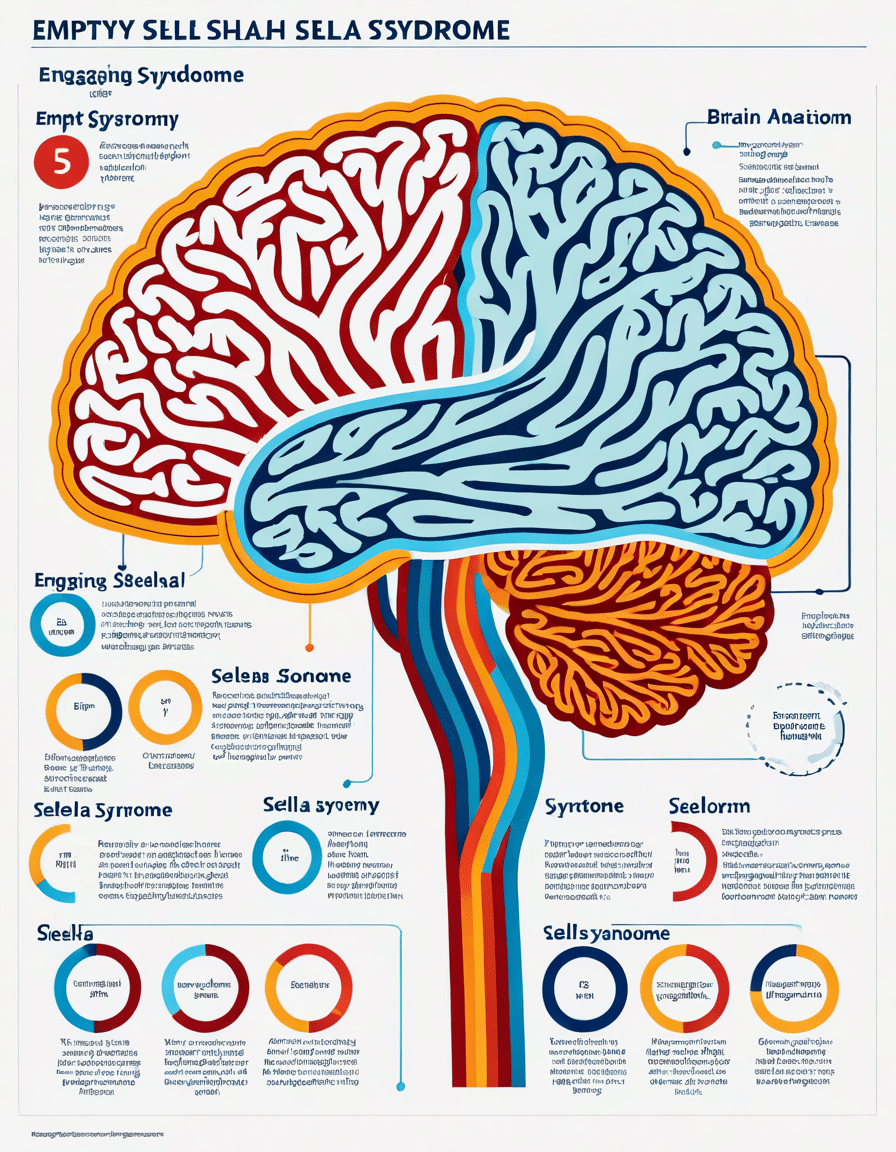
Sociocultural Perspectives: Empty Sella Syndrome and Black People with Albinism
Diving deeper, it’s key to understand how empty sella syndrome affects different communities, particularly among Black people with albinism. Unique genetic predispositions can yield atypical presentations of medical conditions, including empty sella syndrome. The interaction of genetics and environmental factors plays a role in the manifestation of symptoms and treatment responses.
Fortifying our understanding of these disparities can help create clinical guidelines that consider cultural and genetic backgrounds. Just like customizing your training to fit individual needs, medical approaches must adapt to encompass a broader understanding of diverse experiences.
Current Research and Future Directions
Recent studies are shining a light on the genetic elements behind empty sella syndrome. Scientists are examining if certain mutations could make individuals more susceptible to this condition. In light of these findings, there’s a rising focus on hormonal treatments aimed at easing both psychological and physical symptoms related to ESS.
Thanks to telehealth, patients can now have their symptoms monitored from home, allowing for real-time adjustments to treatment plans. This flexibility gives you the ability to adapt like a well-balanced athlete, helping you stay on track even when life throws curveballs!
Innovative Wrap-Up
Empty sella syndrome is a captivating blend of neurological and systemic symptoms that can disrupt life as you know it. As researchers continue to unravel new connections between ESS and other syndromes like Budd-Chiari and Dandy-Walker, we can hope for more refined treatments. It’s equally important to see how genetics and cultural backgrounds play a role in shaping the experience of those living with this syndrome.
The journey of addressing empty sella syndrome is only just beginning. With these insights, we can strive for a healthcare approach that is comprehensive and understanding. Whether you’re working to get shredded or pushing for ultimate gains, knowledge is a powerful tool in achieving your fitness goals. Let’s work hard, stay informed, and never stop pushing for the best version of ourselves!
Before diving into your fitness journey, remember: your health is as important as crushing those weights. Stay informed, stay motivated, and let’s make this year your best one yet! Whether it’s conquering empty sella syndrome or leveling up your workout routine, awareness is the first step to success.
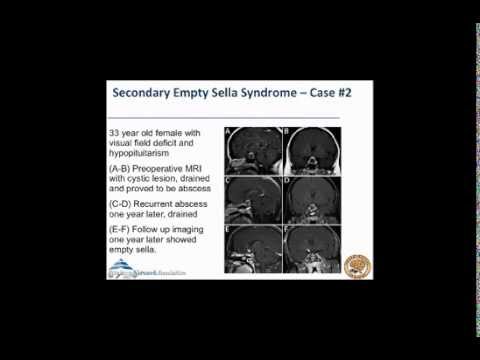
Empty Sella Syndrome: Intriguing Symptoms and Insights
What to Know About Empty Sella Syndrome
Empty sella syndrome is a curious condition that many people might not be aware of. It occurs when the sella turcica, a bony structure that houses the pituitary gland, is partially or completely empty. This bizarre phenomenon can sometimes lead to headaches, vision problems, or hormonal imbalances. Researchers are still unraveling the mystery behind this syndrome, but it’s estimated that it could affect up to 20% of the population without many noticing. Speaking of unexpected stats, if you’re curious about home ownership, you might want to check out a mortgage rates calculator—it can help demystify financing your dream abode, much like understanding empty sella syndrome can clarify health concerns.
Symptoms and Interesting Insights
Interestingly, the symptoms of empty sella syndrome can vary widely from person to person. Some may experience mild symptoms or none at all, while others report more severe effects, including fatigue and difficulty concentrating. Among the myriad explanations, hormonal imbalances might play a role. It’s fascinating to consider how interconnected our body systems are; think of it like a Woobles kit—each piece matters. Speaking of interconnectedness, did you know that oral thrush can also affect those with compromised immune systems? It’s yet another example of how conditions can overlap with each other in surprising ways.
Connecting the Dots
Exploring empty sella syndrome could lead to revelations about other health issues. For instance, patients might also have experiences with May-Thurner syndrome, which affects blood flow in the pelvis and could contribute to more profound symptoms. It’s intriguing how disorders can sometimes overshadow one another, similar to the way indie films often feature rising stars like Inde Navarrette, bringing fresh narratives to the mainstream. And just as Microdosing Mushrooms is gaining traction among those looking to enhance their mental health, ongoing research on pituitary gland function is helping us understand how empty sella syndrome can manifest in various ways. So, the next time you encounter symptoms or learn about hormonal health, you’ll have a little more insight into how it all connects!
